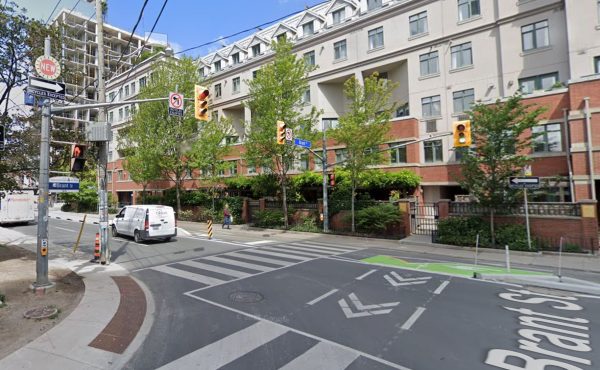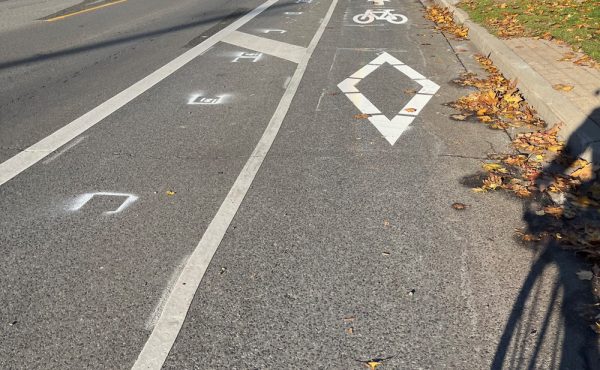
Cross-posted from Eye Weekly.
This morning city council unanimously passed its Green Fleet Plan [PDF], which will accelerate the greening of city-owned vehicles by reducing fuel consumption and overall emissions. Through a series of moves — such as greater use of alternatives fuels, a 10-second limit on idling for city staff, the pilot testing of new green truck technology and a bike share program for city employees — the plan should not only result in a reduction of 15,000 tonnes of CO2, but also a projected net savings of $4.032 million. Mayor David Miller described the stragety as “a win-win-win-win-win-win-win,†hailing it for its ability to help save the environment and money.
That the plan was passed unanimously doesn’t mean it didn’t generate a multitude of questions from councillors. A big concern centered around recent reports that the production of ethanol (a bio-fuel made from plants like corn) is taking over farmland and, as a result, leading to higher food prices. As part of the Green Fleet Plan, staff aim to continue to examine the pros and cons of this alternative as well as look into others, such as the possibility of generating fuel from cooking-oil waste. Just to be certain, Councillor Susan Hall added in a motion to emphasize the importance of ensuring that the city continue to follow research in this area.
Councillor Mike Del Grande raised concern about low speed electric vehicles that currently aren’t allowed to be driven in Ontario, though they’re manufactured right here in the GTA (and sold in the United States). Del Grande got council to approve a motion to advocate that the province make them legal, but was hoping for more enthusiastic support from the mayor who didn’t seem as familiar with the issue.
Councillor David Shiner convinced council to back up a call for the federal government to reinstate rebates for hybrid vehicles, a perk they pulled in their last budget that would have saved the city money as it stocks up on green cars and trucks. Shiner had questions for city staff on other matters as well. How much energy will our new light-rail transit lines use in electricity and how much smog might that create? And what about all the CO2 emitted from the trucks that take our garbage to Michagan and, eventually, the new Green Lane landfill near London? He passed a motion to get staff to look into it.
Finally, always the number cruncher, Councillor Doug Holyday questioned the low expenditures relative to savings in the plan. If spending $500,000 will generate $917,000 in savings, why don’t we spend more? he asked Miller.
“In broad general terms, you can’t do it all at once,†was Miller’s reply. “This phases in a green fleet in a thoughtful, sensitive way.â€
Rather than advocate for being less “thoughtful and sensitive†by investing more in green vehicles so that the city could perhaps realize greater savings, Holyday said the whole thing sounded too good to be true. Budget Committee member Councillor Gord Perks insisted that the explanation for the costs and savings is all laid out in the city’s budget documents, but Holyday didn’t buy that either and moved a motion to have staff report back with a separate explanation.
The most perplexing comments of the day came from the Co-Chair of the Pedestrian Committee Bill Saundercook, who promoted looking into the use of Segways for postal workers and police officers, and Susan Hall, who, to her credit, said that the plan should address drive-thrus — but, to be clear, that doesn’t necessarily mean she has any interest in banning them.
“When I am in a drive-thru, I’ll turn my engine off and wait until cars move forward,†she proudly explained when she took the floor to speak. Apparently the idea that it would probably be better to simply park and walk into a restaurant to place her order didn’t cross her mind.



